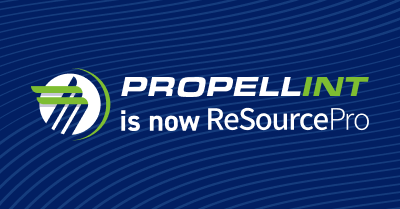A digital-first era for insurance
As the insurance industry enters a post-pandemic, digital-first era, property and casualty carriers that fail to adopt an effective digital engagement program, especially one that integrates proactive communication, risk falling behind.
Digital engagement involves leveraging technology such as text, email, and web to enable customers to find information and interact with their insurance company. In this article, we’ll explore five capabilities required for insurers to successfully engage with customers through digital channels. These capabilities must work in concert, and ideally be connected, to create a personalized, easy, omni-channel experience for the customer.
1. Ease of Engagement
Ease of use and convenience are the watchwords for digital customer interactions. Even the savviest digital customers expect the interactions to be straightforward and streamlined.
2. Personalized Communication
Communications should be constructed such that customers understand the communications are not spam and that they elicit a response. Personalized communication is key, but it must go far beyond populating variable fields with the customer’s name and details. Instead, communications should demonstrate a recognition of who the customer is and what their needs are.
3. Automation and Integration
Human interaction is important, but that does not mean a person needs to touch every interaction. Automating the sending of and response to communications is necessary, as is providing a trigger to the relevant people, processes, and systems. Efficiency is still important; thus, automation is needed, especially automation that maintains the personalization.
4. Responsive Digital Tools and Platform
Responsive digital tools include text, chat, social media, portal websites, voice assistants, and more. It is one thing to support each of these options on a one-off basis. However, it is more important to have a digital platform that recognizes how these various tools work together. A platform can facilitate digital engagement, enable the smooth transition from one communication mode to another, and track and manage the full, ongoing conversation over time.
5. Leading Indicators Tied to Program Success
The success of traditional digital programs is measured in marketing terms: engagement rates, impressions, and opt-in/opt-out rates. These are too often isolated from tangible business outcomes. In a proactive digital program, consider reframing these metrics as leading indicators to the ultimate goal, which could be increased retention, lead conversion rates, or new business growth.
Start with small engagement projects
Connecting all the elements—people, process, tools, and data—is ideal. Simple proof of concept engagement projects with minimal disruption and minimal integration are the best way to start. From that point, you can build upon success, fuel the expansion of the engagement, and achieve positive business impact.
Visit our Carrier Consulting page for more information about our research, consulting, and advisory services.



